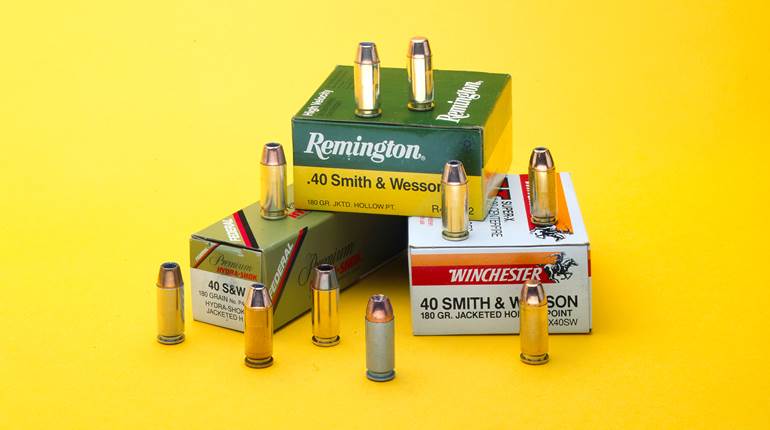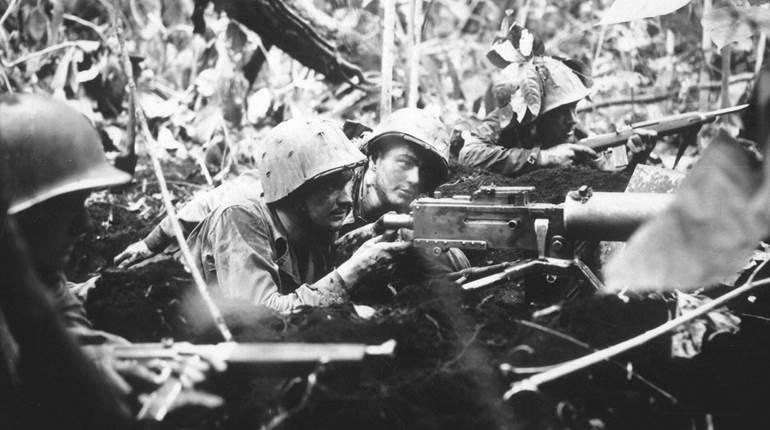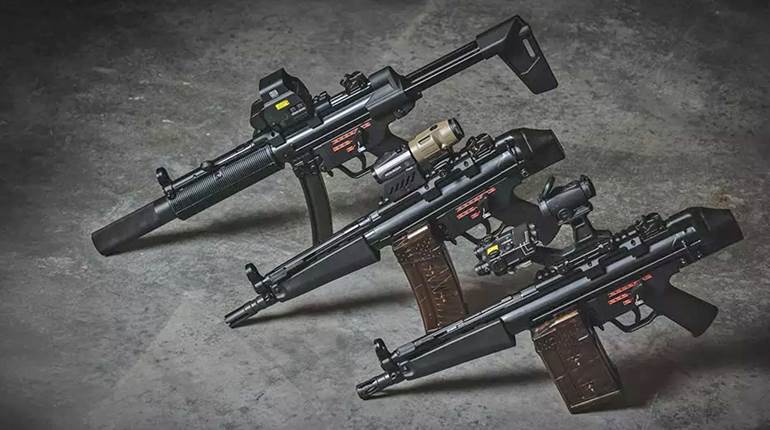
Times are a' changing. Not so long ago, almost every handgun hammer had a spur. This is the rearmost visible extension of the hammer on a pistol or revolver. It's the part on which the shooter places his thumb in order to cock the gun's action.
Hammer spur shape was very important on revolvers with single action trigger systems. Manual cocking was the only way in which to make these revolvers fire. The large contact pad on the spur of so-called “Target” revolvers (which usually have DA/SA trigger systems) was there to make cocking easier in the Timed and Rapid fire stages of the National Match course.
Without exception that I can think of, hammer spurs are not operationally required on hammer-fired semi-automatic pistols. Frequently, manufacturers simply leave them off and thereby achieve a smooth, clean contour to the rear face of the slide. However, if you are tempted to cut off your own hammer spur, proceed with caution. The mass of the hammer spur has another function and it's a lot more subtle. The weight of the spur contributes to a positive strike on the firing pin. You may have to make an adjustment somewhere else in the gun's action.





































